Even in 2018 the Lenovo ThinkPad T450s is my favorite laptop for running Linux. So what makes this laptop, which was released 3 and a half years ago, my personal favorite? It’s certainly not the lightest, thinnest, fastest, or best looking laptop around, yet I searched for, and purchased, a secondhand T450s to use as my daily driver. Here’s why…
Specs
I picked up a secondhand T450s for £190 (and then bought a full-HD screen for £60). For a total of £250 (around $330USD) I got the following:
| Hardware | Details |
|---|---|
| CPU | Intel Core-i5 5200U @ 2.20GHz |
| GPU | Integrated Intel HD Graphics 5500 |
| RAM | 12GB of DDR3L (1600MHz) |
| HDD | 256GB 2.5 inch SSD (SAMSUNG MZ7LN256HMJP-000H1) |
| Display | Full HD IPS display (very, very, very nice!) |
One of the things you really have to watch out for when buying a ThinkPad is the display. It used to be the case (in the UK at least) that the type of display you got when buying a brand new ThinkPad was a bit of a “lucky dip” – sometimes you’d get a crystal clear IPS display with wide viewing angles and vibrant color reproduction, while if you were unlucky you’d get a terrible TFT where everything looked washed out. Why Lenovo did this (and more importantly, how they got away with it), remains a mystery to me. I’m not sure if this is still the case – I certainly hope it’s not.
In any event, swapping out the display is a trivial matter (there are many “how-to” tutorials on YouTube).
Linux Compatibility
This is by far one of the most important (if not the most important) requirements for me as I use Linux exclusively. I have had a very good Linux experience with ThinkPad T-series laptops, and they are known for being Linux friendly/compatible. Hibernation, dual-monitor support, camera and mic, touchpad – everything “just works”. Well, kinda… There was one issue I experienced – after waking from hibernation the touchpad would stop working. This was easily remedied by adding the psmouse.synaptics_intertouch=0 kernel parameter to my /etc/default/grub:
GRUB_CMDLINE_LINUX_DEFAULT="quiet splash psmouse.synaptics_intertouch=0"
Design
I love the design of ThinkPads. I prefer the hard-plastic chassis to aluminum or metallic chassis used for other laptops. The ThinkPad T-4xx series look great and extremely durable. To get an idea about just how “durable” ThinkPads are, just take a look at some of the YouTube videos out there of people dropping them, standing on them, and even running over them with cars! Seriously, do a YouTube search for “ThinkPad durability test”, and see what comes up.
Durability to one side, I love the classic signature design of ThinkPads. It’s unmistakable, aesthetically pleasing (although this is subjective), and ergonomic. It’s a black slab, with a red LED dot on the lid. What’s not to like?
I have the ThinkPad T450s – the “s” stands for “slim”. While it’s not the slimmest laptop (or “ultra-book”) out there, it’s slim enough. I value the full-size RJ45 network connector more than I do an ultra-slim laptop that requires a dongle to connect to wired Ethernet. And while it’s not the lightest laptop around, it’s light enough. On several occasions, I’ve had to check my backpack just to make sure I hadn’t forgotten my T450s!
Keyboard
The ThinkPad T450s has the signature ThinkPad chiclet keyboard that is comfortable to use, feels durable, has low key travel, and never misses a keystroke. I type reasonably fast (around 100 words per minute), and have found the ThinkPad keyboards an absolute pleasure to use. It’s a fairly standard laptop keyboard layout – one exception being the positioning of the FN and CTRL keys (the CTRL key is on the right-hand side of the FN key). Thankfully, there’s an option to change this in the BIOS.
The function/media key functionality can also be set in the BIOS (i.e. if you want the function keys to act as function keys by default, you can configure this in the BIOS).
Battery Life
The T450s has an internal 23Wh battery and a user-removable external battery. There are three choices for the user-removable battery: a 23Wh version, a 48Wh version, and a 72Wh version. I have a 23Wh and 72Wh battery. I only use the 72Wh battery when I know I’m not going to have access to a power socket for a while (i.e. on long trips). The 72Wh battery is much thicket and heavier than the 23Wh battery.
When using the 23Wh battery I get around 6 to 7 hours of light use (browsing the web, listening to podcasts, running Thunderbird mail client).
When using the 72Wh battery I get a whopping 14 to 16 hours of light use. Not bad, even by today’s standards.
Power usage with 5 tabs open in Firefox and an audio podcast playing:
mnemonic@T450s:~$ sudo powerstat [sudo] password for mnemonic: Running for 300.0 seconds (30 samples at 10.0 second intervals). Power measurements will start in 180 seconds time. Time User Nice Sys Idle IO Run Ctxt/s IRQ/s Fork Exec Exit Watts 14:42:10 0.6 0.0 0.2 99.2 0.0 1 830 136 1 0 1 6.36 14:42:20 0.6 0.0 0.4 99.0 0.0 1 832 131 1 0 1 6.33 14:42:30 0.5 0.0 0.3 99.2 0.0 1 819 125 0 0 0 6.34 14:42:40 0.6 0.0 0.4 99.0 0.0 1 912 143 7 2 3 6.32 14:42:50 0.6 0.0 0.3 99.1 0.0 1 825 135 0 0 5 5.94 14:43:00 0.6 0.0 0.4 99.0 0.0 1 813 131 0 0 0 5.74 14:43:10 0.7 0.0 0.5 98.9 0.0 1 935 147 7 2 3 5.71 14:43:20 0.6 0.0 0.4 99.1 0.0 1 830 132 0 0 5 5.96 14:43:30 0.7 0.0 0.5 98.9 0.0 1 922 166 1 0 0 6.14 14:43:40 0.6 0.0 0.5 99.0 0.0 1 963 142 0 0 2 6.24 14:43:50 0.9 0.0 0.6 98.5 0.0 1 1240 202 5 0 3 6.33 14:44:00 1.9 0.0 1.0 97.0 0.0 1 2130 312 2 0 1 6.47 14:44:10 0.5 0.0 0.4 99.1 0.0 1 851 141 0 0 1 6.41 14:44:20 0.6 0.0 0.4 99.0 0.0 1 818 133 0 0 1 6.35 14:44:30 2.2 0.0 1.6 96.1 0.0 1 2844 409 8 2 5 6.47 14:44:40 0.6 0.0 0.5 98.9 0.0 1 867 141 0 0 4 6.17 14:44:50 0.5 0.0 0.4 99.1 0.0 1 817 127 0 0 0 6.01 14:45:00 0.5 0.0 0.3 99.2 0.0 1 809 125 0 0 0 5.94 14:45:10 0.5 0.0 0.4 99.1 0.0 1 838 138 1 0 0 5.95 14:45:20 0.6 0.0 0.4 99.1 0.0 1 814 126 0 0 0 5.90 14:45:30 0.6 0.0 0.4 99.0 0.0 1 863 132 6 2 2 5.75 14:45:40 0.4 0.0 0.3 99.2 0.0 1 838 135 1 0 5 5.60 14:45:50 0.6 0.0 0.3 99.1 0.0 1 816 140 0 0 0 5.47 14:46:00 1.3 0.0 0.7 98.1 0.0 1 1386 198 8 2 3 5.51 14:46:10 0.5 0.0 0.5 99.0 0.0 1 854 145 0 0 5 5.72 Time User Nice Sys Idle IO Run Ctxt/s IRQ/s Fork Exec Exit Watts 14:46:20 0.5 0.0 0.4 99.1 0.0 1 832 135 1 0 0 5.81 14:46:30 0.7 0.0 0.3 99.0 0.0 1 867 157 0 0 1 5.88 14:46:40 0.5 0.0 0.4 99.1 0.0 1 848 135 0 0 0 5.89 14:46:50 0.6 0.0 0.4 99.0 0.0 1 864 133 0 0 1 5.87 14:47:00 0.7 0.0 0.4 99.0 0.0 1 822 134 0 0 0 5.88 -------- ----- ----- ----- ----- ----- ---- ------ ------ ---- ---- ---- ------ Average 0.7 0.0 0.5 98.8 0.0 1.0 990.0 156.2 1.6 0.3 1.7 6.02 GeoMean 0.6 0.0 0.4 98.8 0.0 1.0 938.3 149.6 0.0 0.0 0.0 6.01 StdDev 0.4 0.0 0.3 0.7 0.0 0.0 428.4 58.9 2.7 0.7 1.8 0.29 -------- ----- ----- ----- ----- ----- ---- ------ ------ ---- ---- ---- ------ Minimum 0.4 0.0 0.2 96.1 0.0 1.0 808.7 125.0 0.0 0.0 0.0 5.47 Maximum 2.2 0.0 1.6 99.2 0.0 1.0 2843.9 409.4 8.0 2.0 5.0 6.47 -------- ----- ----- ----- ----- ----- ---- ------ ------ ---- ---- ---- ------ Summary: System: 6.02 Watts on average with standard deviation 0.29
Summary
The Lenovo ThinkPad T450s is a fantastic laptop for running Linux (if you don’t require a dedicated GPU for gaming and/or machine learning etc). The T450s is very Linux friendly (compatible), durable (MIL-SPEC 810G tested), beautiful (although this can be subjective), fast, and cheap! If you’re in the market for a new ultra-book to run Linux, it’s definitely worth considering a secondhand T450s (or even the standard T450).
I’ll create a YouTube video of the T450s running Kubuntu 18.04 and will add it to this post in the very near future.
If you have any questions, don’t hesitate asking in the comments sections (I’ll get back to you as soon as I can).
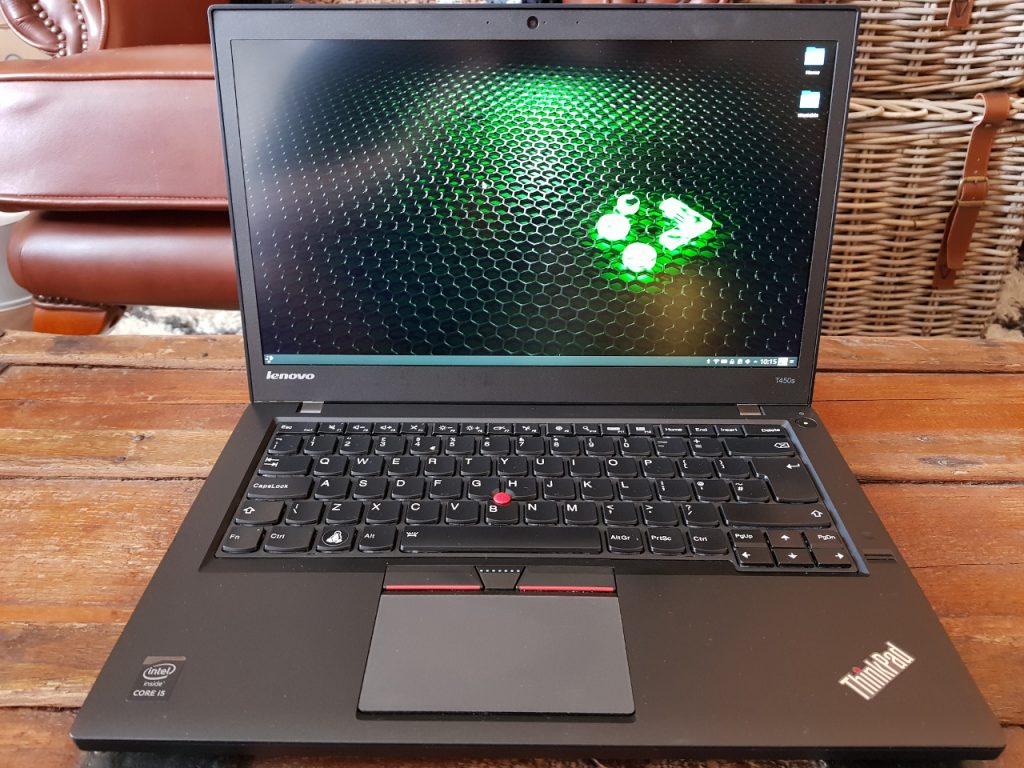
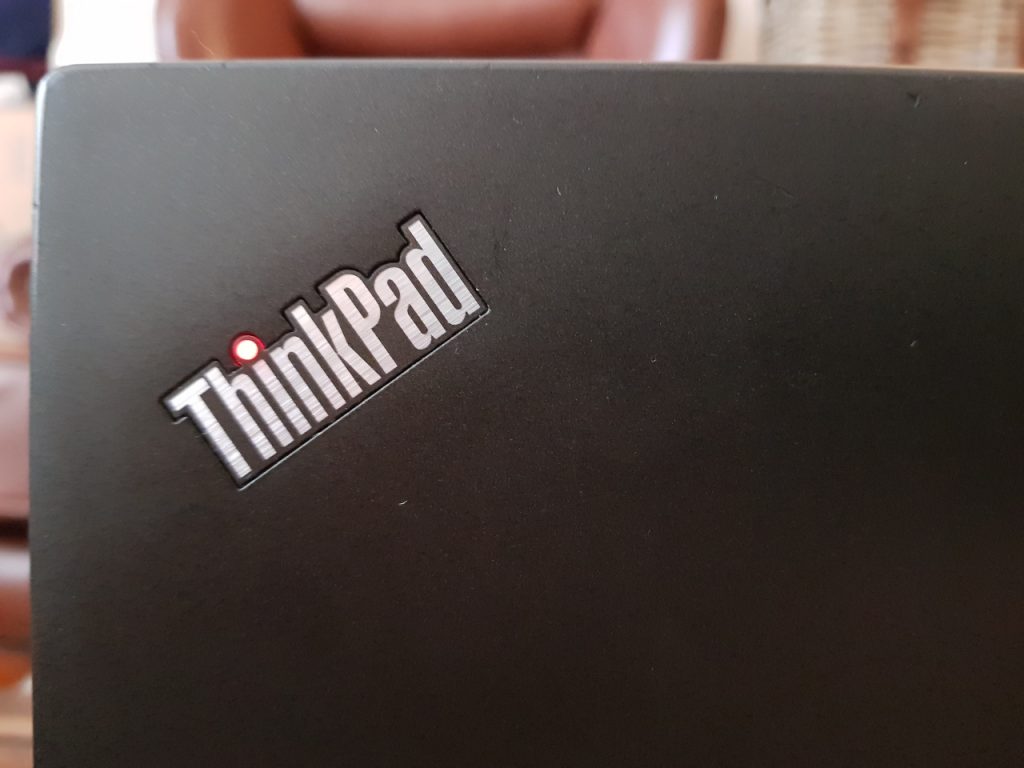
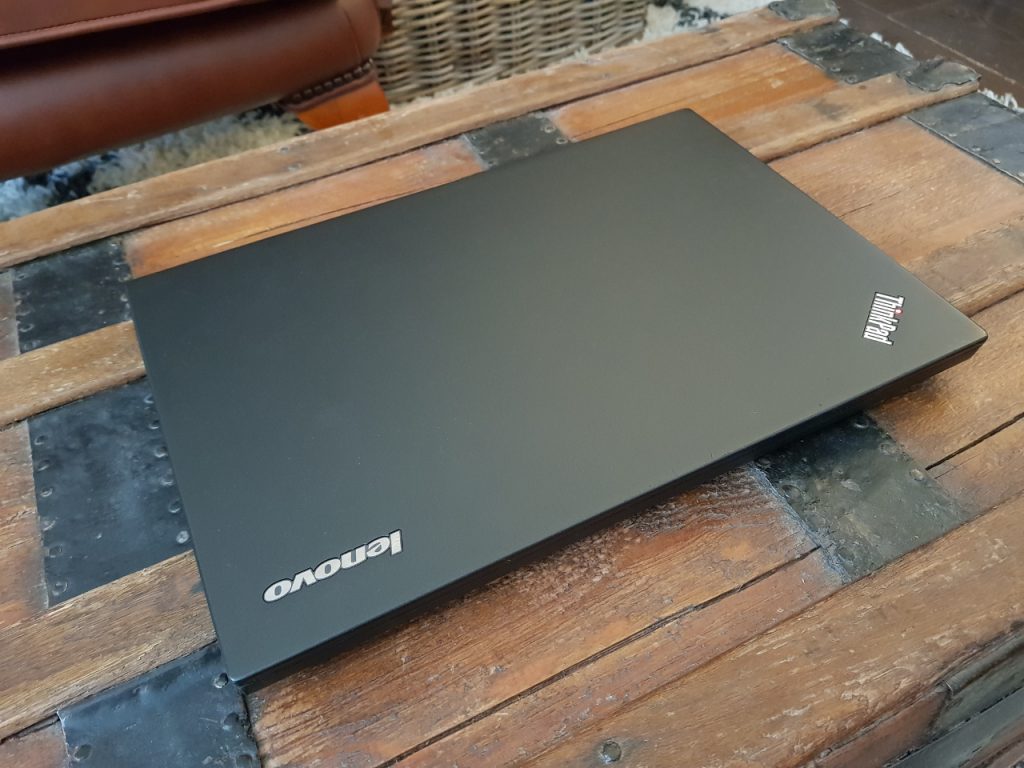
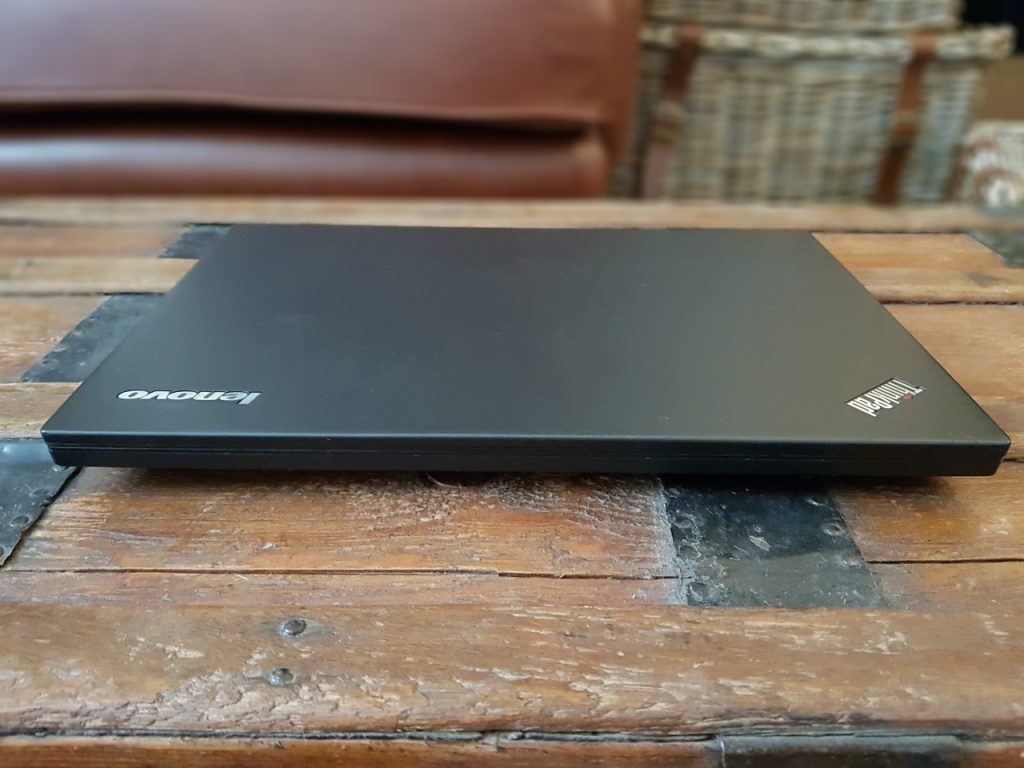
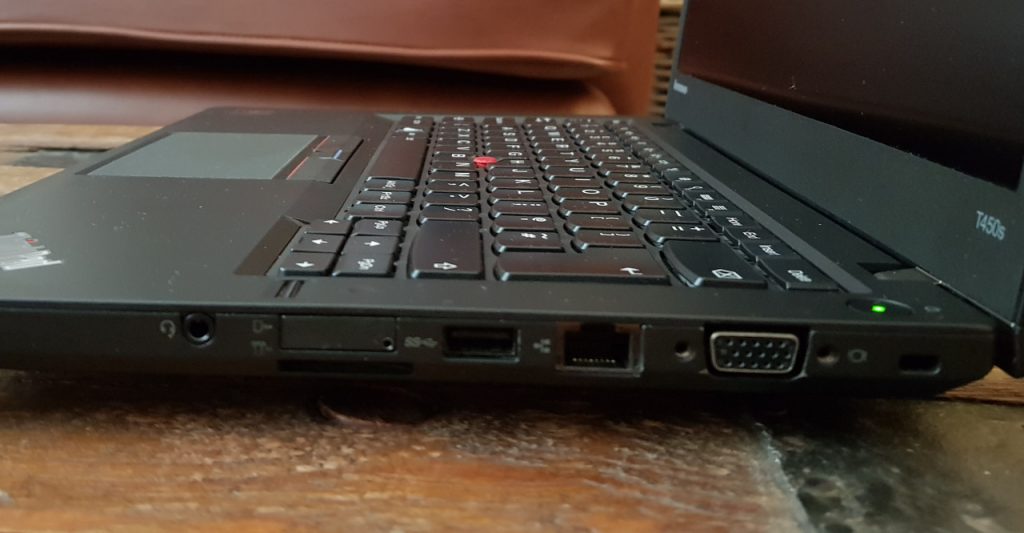
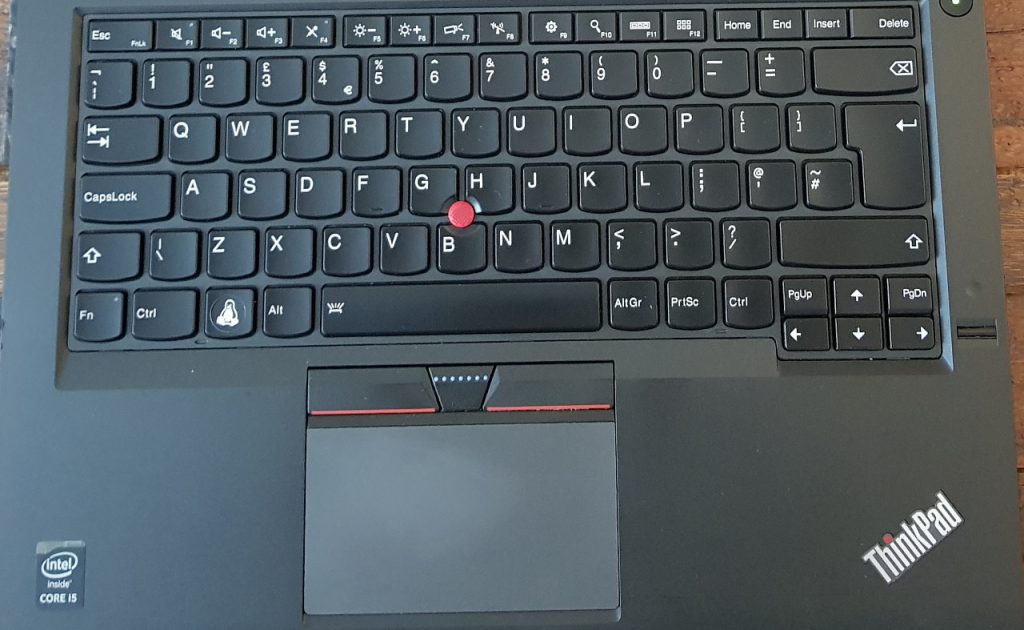
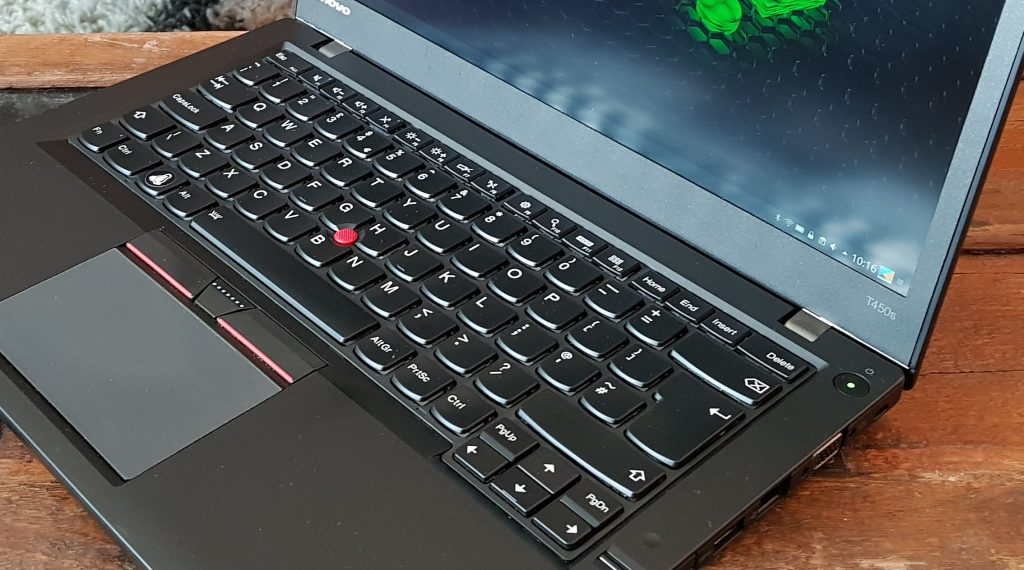
you should disable hibernation (or not to use it) if you have SSD disk. Hibernation writes a large amount of data on the disk, so each hibernation lessen your SSD disk’s life.
That’s interesting. Will definitely look in to this. Thanks!
Ubuntu’s certification website says that hibernate is disabled on this system when using Ubuntu.
What about suspend to RAM? Does that work?
I’ve never had the inclination to try and get hibernation working (AFAIK – it’s disabled by default on most Linux distros due to it being unreliable). I have read that it may be enabled in future versions of Ubuntu/Kubuntu by default.
Suspend (“Suspend to RAM”) works flawlessly.
Quick update: just installed Fedora 29 KDE, and hibernation is working!
Disable hibernation:
sudo vi /usr/share/polkit-1/actions/org.freedesktop.upower.policy
There are two sections in this file, the first for suspend and the second for hibernate. Near the end of each section will be a line with:
Code:
yes
Change this from Yes to No to disable. Save the changes and reboot.
Code:
no
— allow suspend but disable hybernation, if it is not already disabled.
Avoid to write big amount of data to SSD (hybernation does it). You can also disable swap. I disabled it and there is no problem:
echo -e “vm.swappiness=0” | sudo tee -a /etc/sysctl.conf
it did not post this code
change it to ‘no’
another try:
‘yes’ change it to ‘no’
another:
/yes/ 🙂
To post formatted code here, I think you use < c o d e > and < p r e > blocks. Let me try it out:
Now testing in-line code with the < c o d e > tags:
$ sudo lspciI have hibernation working on my T460, and I find it very useful because it saves battery by completely powering down the laptop. This is invaluable for me for long flights or road trips (when I don’t know how long it will be before I can plug in again).
If it does lessen the lifetime of my SSD, I’m fine with that, as SSDs are very cheap now. I also have all of my important data encrypted and backed up to the cloud (or pushed upstream to a repository).
Where did you get that neat Tux logo key? I’m getting nausious looking at the windows logo on mine…
I can’t actually remember where I got those from, it may have been eBay. I bought a pack of 10, whish I had of bought more as they’re quite difficult to find now. If I can find out where I bought them from, I’ll post back here.